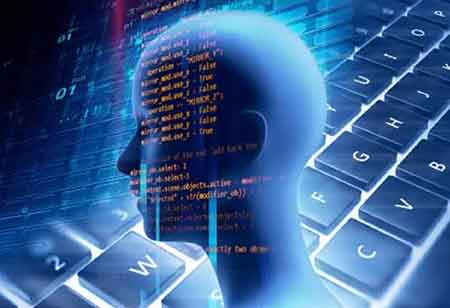THANK YOU FOR SUBSCRIBING
Be first to read the latest tech news, Industry Leader's Insights, and CIO interviews of medium and large enterprises exclusively from Gov CIO Outlook
THANK YOU FOR SUBSCRIBING

By
Government CIO Outlook | Thursday, January 09, 2020
Stay ahead of the industry with exclusive feature stories on the top companies, expert insights and the latest news delivered straight to your inbox. Subscribe today.
The rule change is about to leave significant effects for the software makers producing AI tools for studying satellite images.
FREMONT, CA: Space is an industry that is confined to the government and significant heavyweight airspace corporations to handle. Applying AI technology can be more expensive, but it has made space accessible. Data from space serves a number of businesses and governments. Utilizing machine learning (ML) and artificial intelligence (AI) to analyze satellite image would drastically affect the way governments, researchers and militaries track changes in the world around them. For a U.S. manufacturer of such software, it will be harder to export their products.
The new federal rule change announced on Monday impacts software specially designed to train deep learning neural networks to analyze geospatial imagery. Under the Wassenaar Arrangement, the software would be classified as a dual-use technology, subject to many of the same restrictions for exporting arms. The rule will be active in 60 days. It leaves impacts on the software that would provide a graphical user interface enabling the user to identify objects like buildings, vehicles and many, from within geospatial imagery. The rule also affects the software that trains a Deep Convolutional Neural Network to find the desired object from the positive and negative samples and identifies objects in geospatial imagery using the trained network.
Identifying objects of interest using machine learning is one of the most significant concerns for the U.S military. Even the military leaders report their regrets for inadequate connection between the amount of video and satellite footage collected by the U.S. On the other hand; there is a scarcity of analysts to look through the footage and establish relevance. They have heavily invested scanning and monitoring software tools for scanning satellite footage and then appoint a human analyst to pay attention to something of relevance. One perfect example would be Project Maven which is a military AI project to identify objects of interest or detect changes in scenery to help analysts and operators rapidly cut through lots of imagery and footage.
It is not just the U.S. military that will be benefitted by satellite images but also financial analysts, healthcare researchers, epidemiologists and other nonprofit civic research groups.
While the rule change is about to leave significant effects for the software makers producing AI tools for studying satellite images, it could have a chilling effect on the ability of civilian groups to monitor changes and events of public interest.
I agree We use cookies on this website to enhance your user experience. By clicking any link on this page you are giving your consent for us to set cookies. More info



